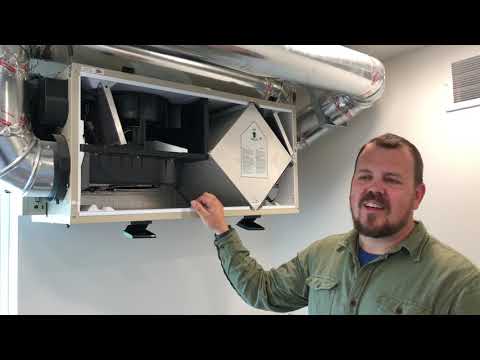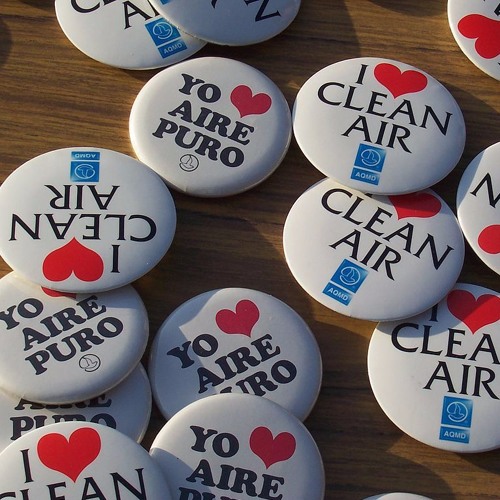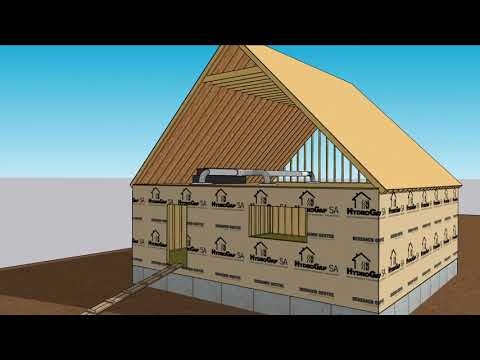ERVs are a better choice for almost everyone, everywhere, than HRVs. Both machines deliver dilution air for ventilation, and both exchange heat between incoming and outgoing air. ERVs go the extra step of removing moisture from dilution air.
To begin a ventilation plan, you must first begin with a number, such as the numbers in ASHRAE 62.2, the Residential Ventilation Standard. There are two numbers, in particular, those that measure supply air (new air from outside) and exhaust air (old air from inside).
Supply and exhaust should be balanced, meaning the same amount going out comes back in. Some ERVs allow you to dial in individual differences between supply and exhaust.
Use RedCalc to calculate the correct number for your scenario. In the scenario Corbet is outlining for us, he picks 105 CFM of air. That should not be the maximum capacity for the ERV you choose, because you should be able to raise and lower that ventilation rate depending on circumstances.
Use geometry to establish exhaust locations
Bathrooms are an obvious place for exhaust grills, located above the shower. If you place an exhaust port in the center of the bathroom, the exhaust fan must work harder to pull steam from the shower. Placing the port in the shower, in this example, requires about 25CFM to clear each bathroom.
To take full advantage of an exhaust port in a room, place it diagonally across the room from there the door opens, which will maximize the amount of air the exhaust moves.
Powder rooms pull 15 CFM because they are smaller and produce less steam.
Interior closets with no exterior walls or "heat bleed" scenarios will collect stale air, so they can be a good exhaust choice, 15 CFM in this case. Closets with larger heat bleed potential have larger exhaust requirements, 25 CFM. Laundry room: 25 CFM
That totals 130 CFM, which will replace the 105 CFM minimum continuous number. When shopping for that ERV, make sure to buy one with a higher capacity than 130 CFM so that you can boost it for parties or covid infections.
For supply locations, the process is simpler
Many people recommend dumping the supply air into a closet or behind the refrigerator, which dumps pushes heat as a bi-product out the back. Corbet advises against going to this much trouble if you have a forced air system
"That's what I did at MY house, but I advise against doing it. It is much more economical, affordable, quick, easy to just dump the fresh air from your ERV straight into the return side of your air handler, right before the filter. That way, it comes in through a filter, and you immediately put it through another filter."











